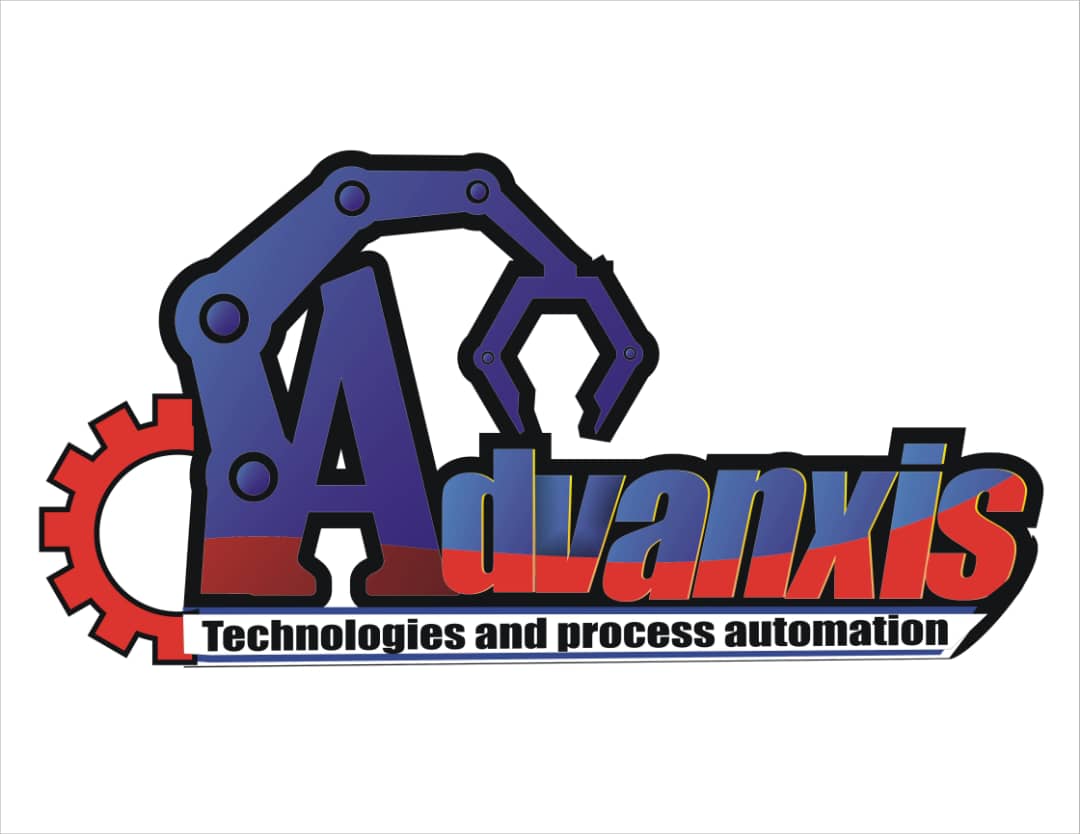Course Description

Course Objectives
Participant will be able to:
- Cite principles and theory that explain measurement and control instrument functions
- Describe procedures required to properly maintain the function of measurement and control instrumentation
- Understand the procedures and safety requirements for loop checking and its purpose
- Perform calculations and other analysis of information related to the calibration and troubleshooting of measurement and control instruments and systems
- Describe procedures required to safely start-up and shut-down a new or existing process
- Understand the education, experience, and examination requirements for becoming a CCST
- Identify important knowledge and skill requirements of a practicing CCST
- Describe the procedures involved in taking the CCST Level exam
- Identify any need for further study or training in specific knowledge areas
Course Outlines
Concepts of Process Control
- Definition of a Process
- Types of Process
- Typical Industries
- Continuous vs. Batch Processing
- Typical Continuous Processes
- Continuous Process Example
- Typical Batch Processes
- Batch Process Example
- Process Control
- The Process Control System (Loop)
- Industrial Process Example
- Control Loop on P & I Drawings
- Process Dynamics (Response to Change)
- First Order Lag plus Dead Time
Basic Measurement Units
- Pressure and Level Measurement Units
- Relationship between Pressure Terms
- Density
- Specific Gravity
- Viscosity
- Pressure of Fluids
- Liquid Head Measurement
- Effect of S.G. on Liquid Head Measurement
- Unit Systems – Flow Measurement
- Flow Measurement of Fluids
- Flow Terms
Test & Calibration Equipment
- Temperature Scales
- Hydraulic Dead Weight Tester
- U-Tube Manometers
- Well Manometer
- Schematic of Low Pressure Pneumatic Calibrator
- Typical Digital Multimeter
- Voltage Measurement
- Current Measurement
- Resistance Measurement
- Electro-Pneumatic Calibrator
Instrument Performance
- Range and Span
- Suppressed and Elevated Zero Range
- Range and Span Terminology
- Span and Range Calculation Practice
- Accuracy
- Repeatability
- Importance of Accuracy
- Linearity
- Hysteresis and Dead Band
Calibration Principles & Procedures
- Calibration
- Verification: Without Adjustment
- Calibration Block Diagram
- Shop Calibration – DP Transmitter
- RTD Calibration Arrangement
- Thermocouple Calibration Arrangement
- Hierarchy of Standards
- Five-Point Calibration Check
- Calibration Chart
- In-Shop or Field Calibration
Advancing Technology
- Standard Practice
- Industry’s changing Needs
- Smart Devices
- Smart Transmitters
- Digitizing a Measurement
- The Microprocessor
- Smart Instrument Characterization
- Smart Transmitter Functions
- Smart Transmitter Operation
- Configuration vs. Calibration
- Reranging
- Characterization and Digital Trim
Controller Actions and Modes
- Control Hierarchy
- Controllers and Control Strategies
- Direct Acting Controller
- Reverse Acting Controller
- Direct or Reverse Acting?
- Direct or Reverse Acting?
- On-Off Control of Heating
- Proportional Control
- Proportional Action
- Proportional Control of a Continuous Process
- Proportional Action
- Offset with Proportional Control
- Level Control Offset Example
- Integral Action
- Proportional + Integral Control
- Integral Control
- Derivative Action
- Derivative (Rate) Control Action
- Proportional + Integral + Derivative Control
- Characteristics of Controller Modes
Tuning Methods
- Objectives of Tuning
- Trial & Error Tuning
- Tuning Map – Gain and Reset
- The Effect of Adding Derivative
- Tuning by Open Loop Testing
- Ziegler-Nichols (Z-N)
- Open Loop Method Open Loop Considerations
- Tuning by Closed Loop Testing
- Z-N Closed Loop Method
- Closed Loop Considerations
Advanced Control Strategies
- Ratio Control – Wild Stream
- Ratio Control – Both Streams Controlled
- Automatic Ratio Set: Example
- Cascade Control: Diagram
- Application: Without Cascade
- Application: With Cascade
- Inner and Outer Loops
- Cascade Control Considerations
- Feedforward Control
- Feedforward Control Concepts
- Feedforward Control Loop
- Feedforward Control of Heat Exchanger
Loop Checking Concepts
- Loop Check Considerations
- Loop Check Process
- Loop Check Procedure
Instrument Installation
- Instrument Installation
- Installation Detail
- Installation Details
- Instrument Location Plan
- Installation Practices
- Manufacturer’s Requirements
- Instrument Air Quality Considerations
- Instrument Air Supply System
Troubleshooting Considerations
- Purpose of Troubleshooting
- Why Troubleshoot?
- Bottom Line
- What Are You Expected to Troubleshoot?
- Troubleshooting Skills
- Troubleshooting Productivity
- Approaches to Troubleshooting
- Equipment History Approach
- Input/Output (Serial) Approach
- Input/Output Approach
- Halving Approach
- Shotgun Approach
- Logical Analysis Troubleshooting
- Verify something is wrong
- Identify and Locate the Cause of the Problem
- Fix the Problem
- Verify the Problem is corrected
- Follow up to Minimize Future Problems
Final Control Elements
- Control Valves
- A Typical Control Valve with Actuator
- Globe Valves
- Other Linear Motion Valves
- Rotary Motion Valves
- Valve Characteristics (Trim)
- Inherent Flow Characteristics
- Cavitation
- Cv – Valve Coefficient of Flow
- Actuators
- Direct (Air-to-Extend)
- Reverse (Air-to-Retract)
- Positioners
- Typical Motion-Balance Positioner
- I/P Transducer
- Other Final Control Elements
Common Problems
- Pressure
- Level
- Flow
- Temperature
- Valves
- Actuators
- Positioners
- Dampers
- Variable Speed Drives
Troubleshooting with DCS
- Distributed Control System
- Elements of a Distributed Control System
- DCS Graphic Display
- DCS Trend Display
- DCS Alarm Summary
Instrument Maintenance
- What is Instrument Maintenance?
- Importance
- Types
Programmable Electronic Systems
- Basic PLC System
- Numbering Systems
- Decimal Number
- Binary Number
- Octal Number
- Hexadecimal Number
- Conversion Practice
- Ladder Logic Programming
- Typical Ladder Logic Format
- Relay Type Instructions
- Start/Stop Ladder Logic
- Input Wiring Diagram
- Output Wiring Diagram
Fieldbus
- Fieldbus Definition
- What is a Fieldbus?
- Bus Hierarchy
- Why Use a Fieldbus?
- Foundation Fieldbus H1 Bus Segment
- Device Descriptions
- Fieldbus Summary Slide
Start-Up Concerns
- Start-Up Safety Concerns
- Start-Up Documentation
Course Duration 60hrs/7weeks
click here to register for this course
